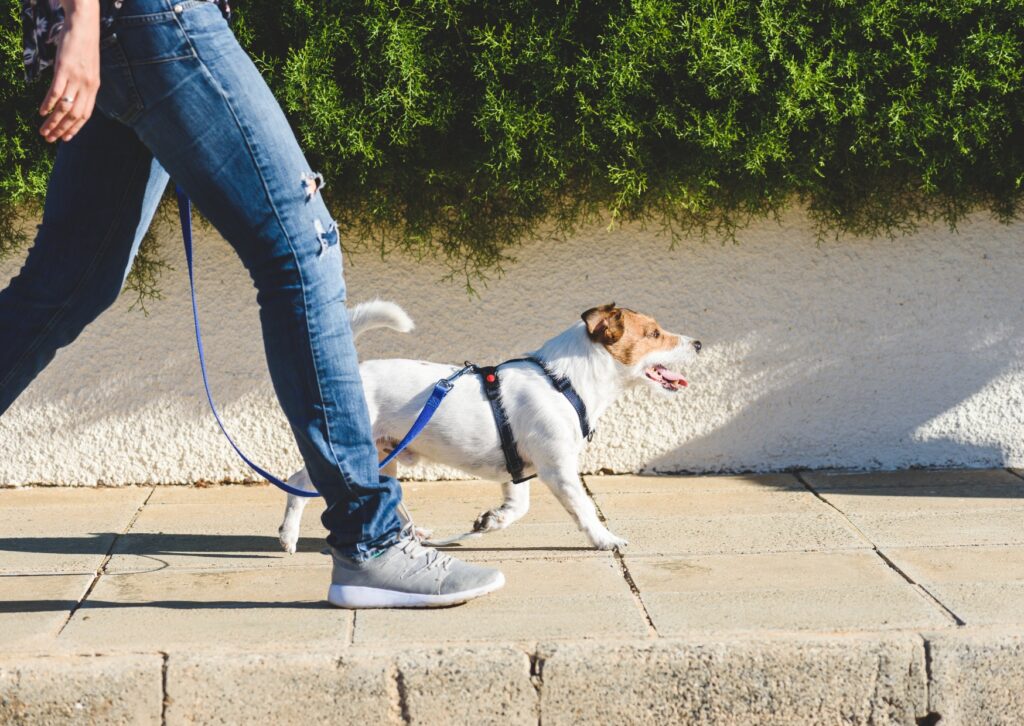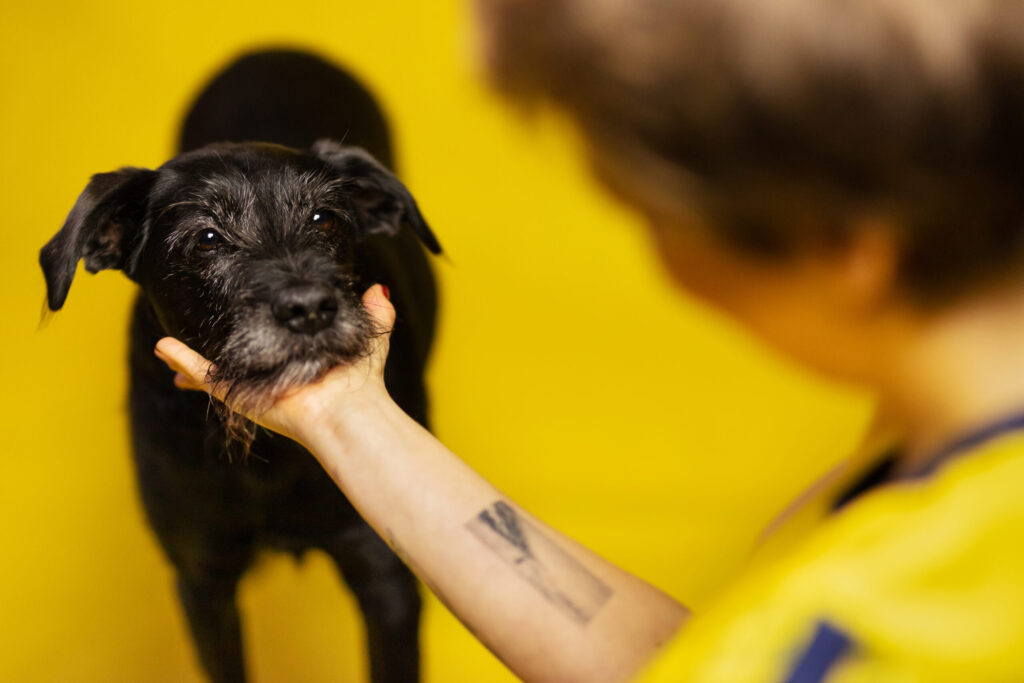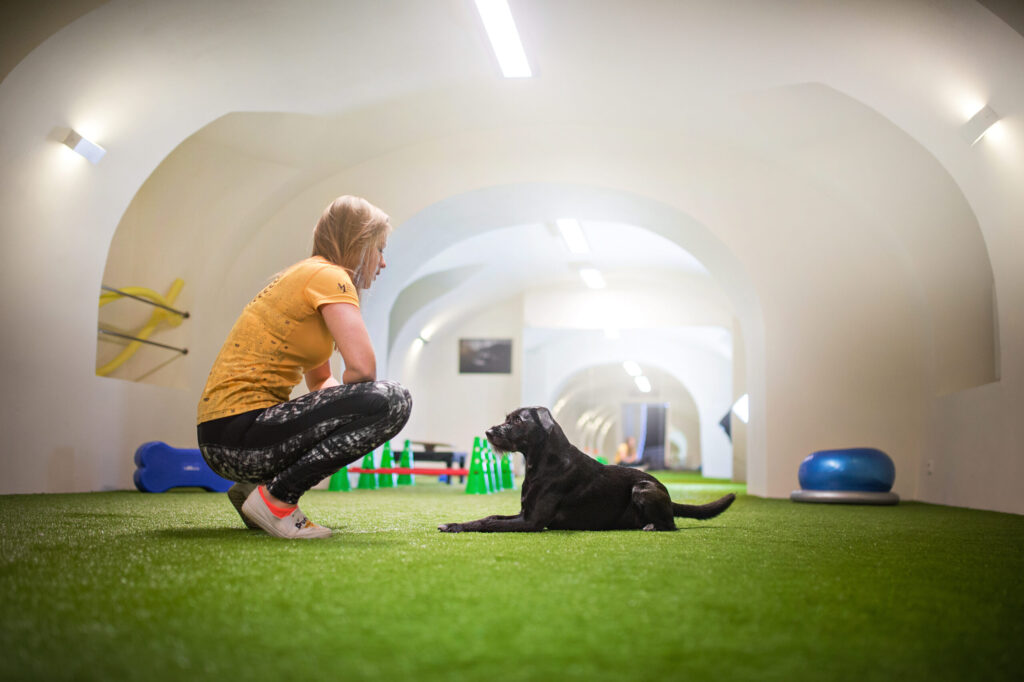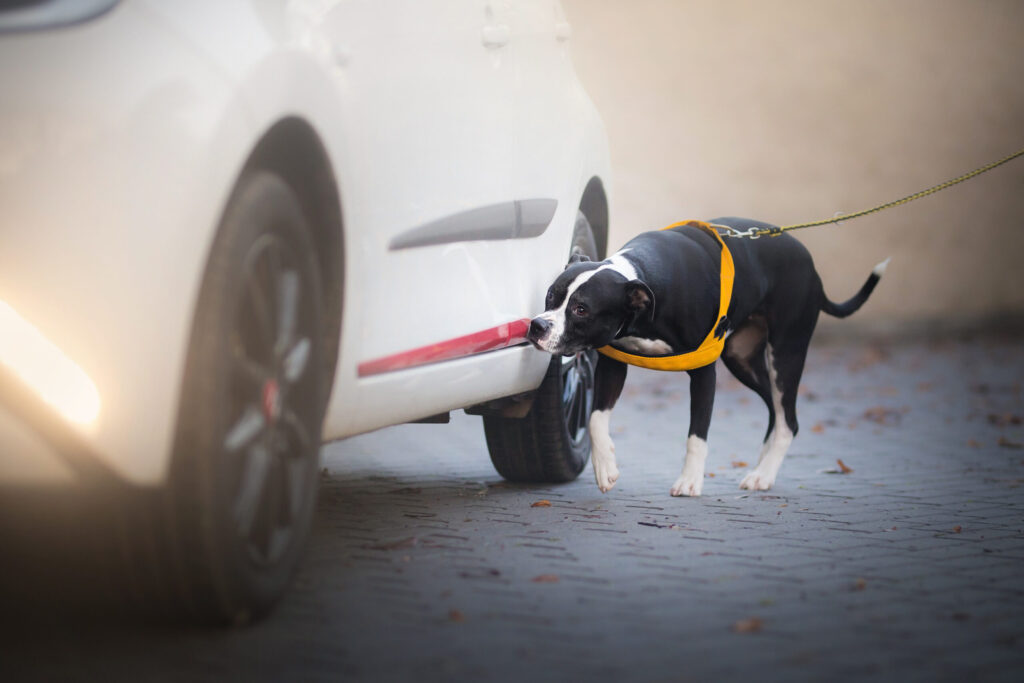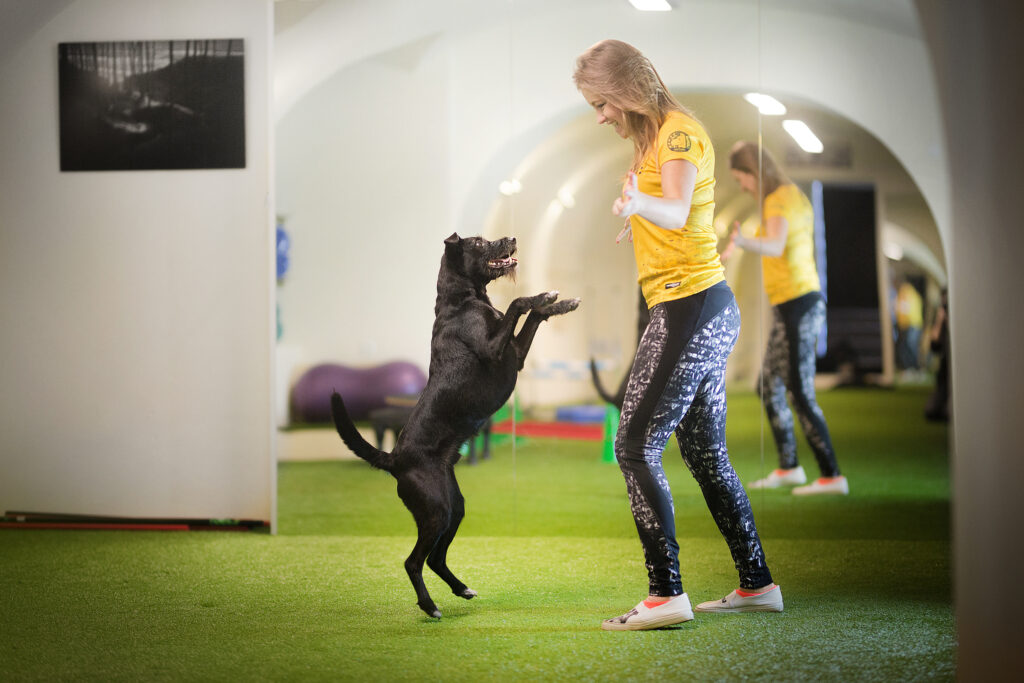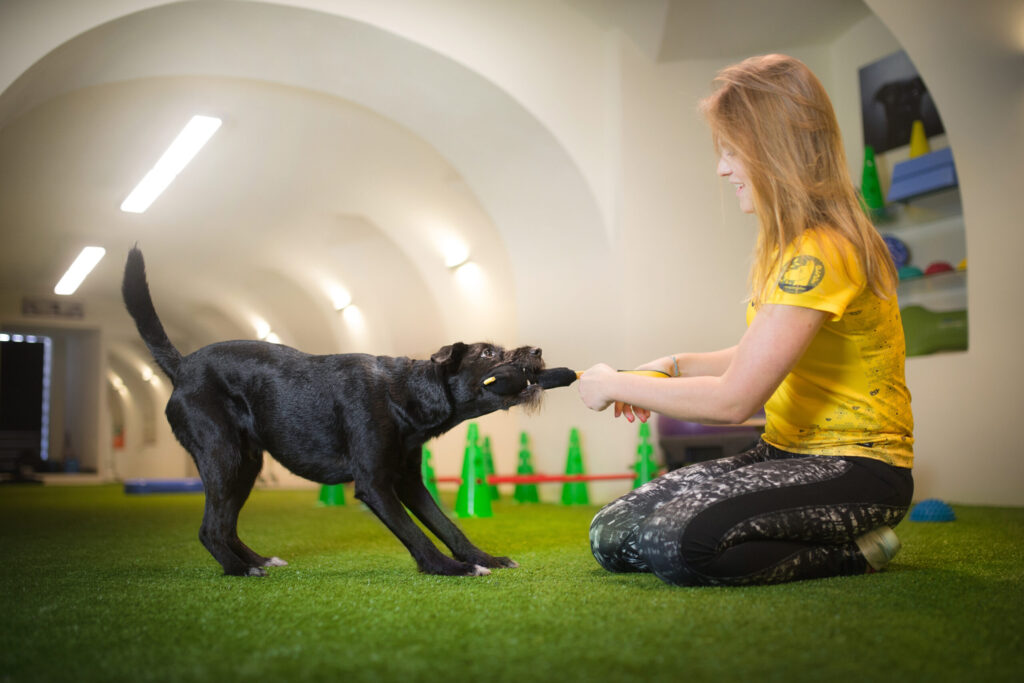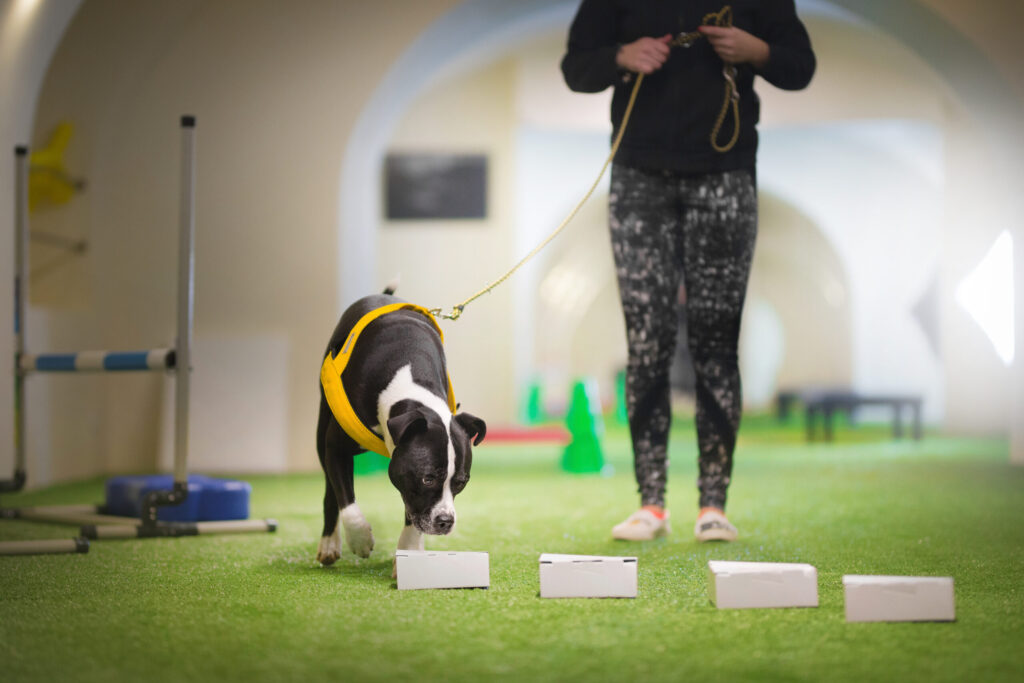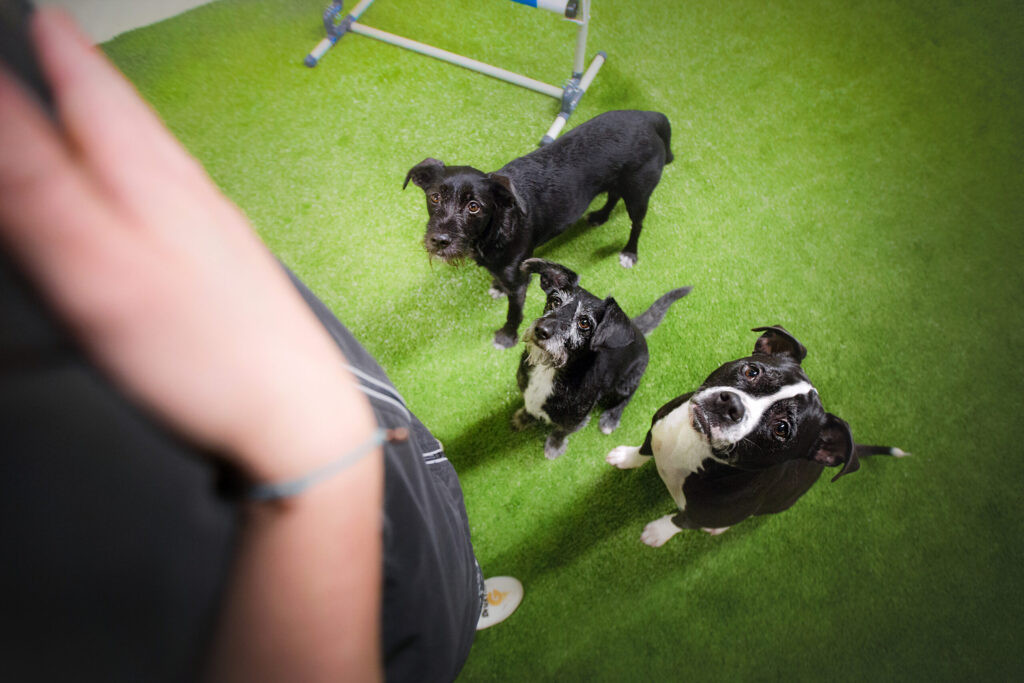Upcoming Courses
Strategic reinforcement delivery for dog trainers
Mechanics of positive reinforcement, delivery protocols and use of marker cues
Animal Trainer’s Toolbox part 1
Foundation course focusing on a scientific approach to animal training
Let me want it!
Empowering dogs with choices and harnessing the power of their behavior!
Do you have any questions or need clarification? Check out our list of frequently asked questions for quick answers and clarity.
See moreWhat does the Premium Spot entail?
We are excited to introduce our 6-week premium course access, designed to provide you with the essential skills and knowledge necessary to excel in your chosen course subject. Our courses come packed with a wealth of features and benefits, including:
- Course duration: 6 weeks.
- In-depth learning resources: Written lessons supplemented by video tutorials.
- Access to read threads from other Premium members, fostering a collaborative learning environment.
- Certificate of attendance upon successful completion of the course.
- Lifetime, 24/7 access to course materials for continuous learning.
- Join the thriving Tromplo community, connecting with fellow enthusiasts.
- Earn 15 points in our loyalty program, unlocking exclusive benefits and rewards.
- Benefit from personalized attention: The instructor will analyze 12 minutes of your training videos each week.
- Engage in interactive learning: Receive homework assignments and daily feedback from the instructor throughout the 6-week duration.
If you are looking to take your training skills and knowledge to the next level, our courses will provide you with practical, applicable knowledge and tools. Enrol now and join our community of premium access members!
What does the Auditor Spot entail?
Introducing our Auditors course access, a comprehensive training program designed to equip you with the knowledge needed to succeed in your chosen subject. The course lasts for 6 weeks, during which you will gain invaluable insights through a range of teaching methods.
Our course features written lessons that are accompanied by video tutorials, providing a diverse and engaging learning experience. Additionally, you will have access to the Tromplo community where you can interact with other Premium members, read their threads, and exchange ideas.
Upon completion of the course, you will receive a certificate of attendance that you can proudly showcase on your resume. Furthermore, you will have lifetime access to the course materials and can revisit them anytime, anywhere, with 24/7 availability.
As a bonus, enrollment as an auditor on one of our courses includes automatic entry into the Tromplo loyalty program, earning you 4 points right off the bat. Join us today and become part of the ever growing Tromplo community.
If you are looking to take your training skills and knowledge to the next level, our courses will provide you with practical, applicable knowledge and tools. Enroll now and join our community of premium access members!
This is what you get:
- Course duration: 6 weeks.
- Comprehensive learning materials: Written lessons accompanied by video tutorials.
- Access to read threads from other Premium members, providing additional insights and perspectives.
- Certificate of attendance upon completion of the course.
- Lifetime, 24/7 access to course materials for ongoing reference and review.
- Join the vibrant Tromplo community, fostering engagement and collaboration.
- Earn 4 points in our loyalty program, unlocking exclusive benefits and rewards.
Are your courses live or prerecorded?
All our courses are prerecorded, which means there are no live meetings. You can access the course materials at any time that suits you best.
Can I learn at my own convenience?
Absolutely! With our prerecorded courses, you have the freedom to learn whenever you want to. Whether you prefer to study early in the morning or late at night, the choice is yours. The materials will be available to you 24/7, ensuring flexibility in your learning journey.
How much time per day will the course require for learning?
The amount of time required for daily learning can vary depending on factors such as the course content, your individual learning style, and personal commitments. Some courses may have a suggested time commitment mentioned in the course description, but ultimately, the pace of learning is flexible and can be adjusted to fit your schedule. We encourage you to allocate sufficient time each day to engage with the course material and complete any assigned tasks or exercises at a pace that works best for you.
What format are the lessons in? Video? Text?
Our lessons are primarily in a written format, consisting of comprehensive written lectures. However, to enhance your learning experience, we also provide video examples that complement the course material. Additionally, if you are a Premium student you will have homework assignments that you can submit to the instructor for personalized feedback and guidance. This combination of written lectures, video demonstrations, and interactive assignments ensures a well-rounded learning experience for our participants.
How long will I have access to the course?
You will have lifetime access to the course.



